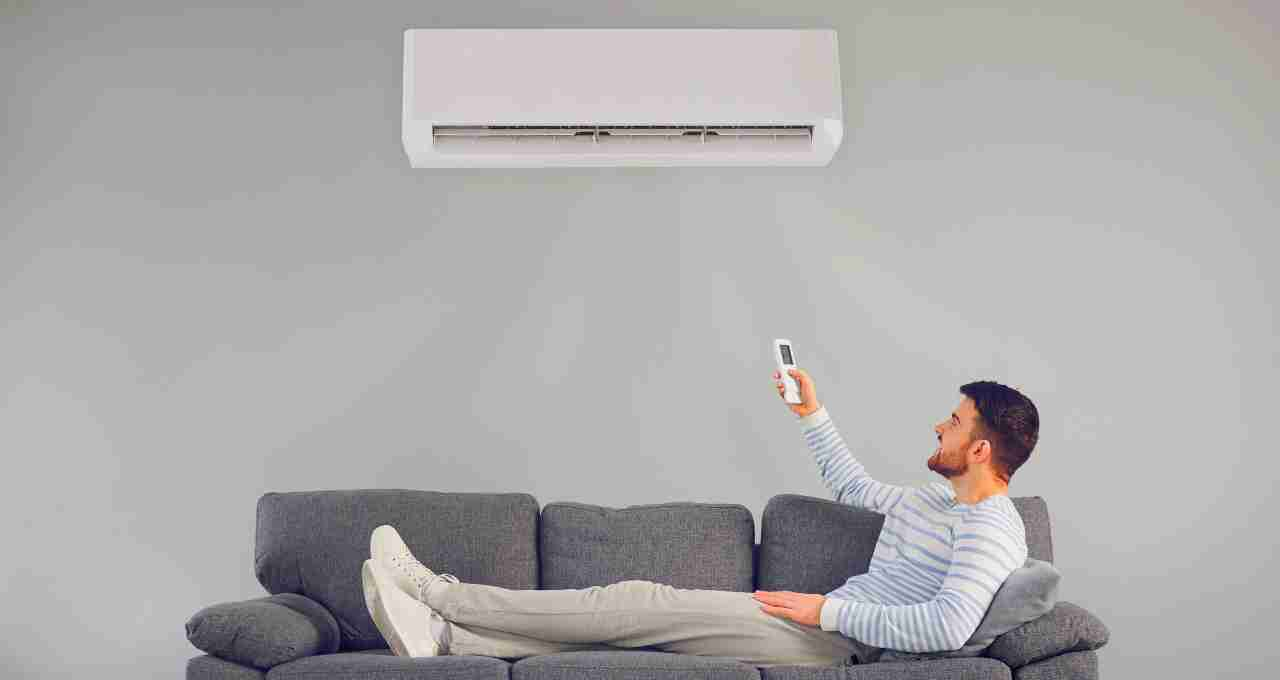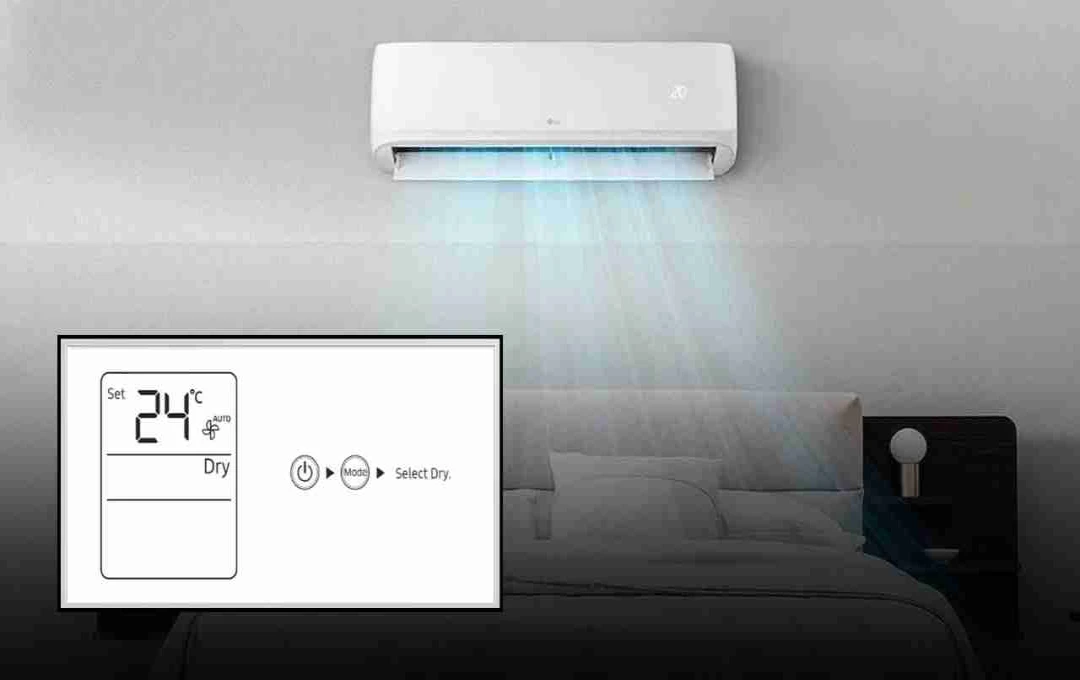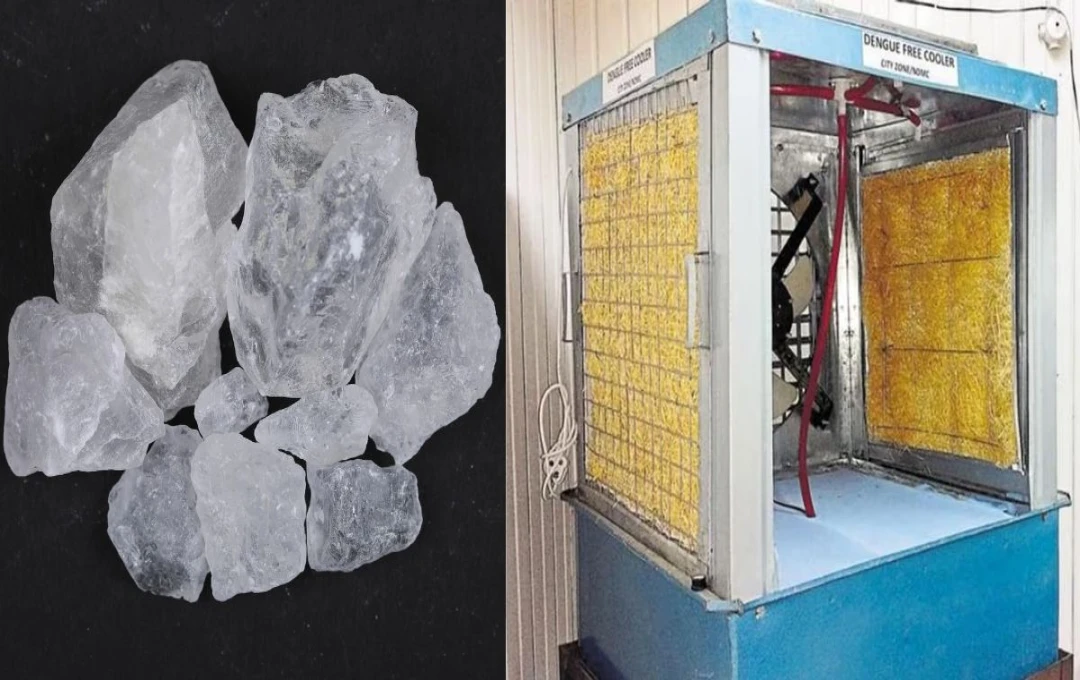As soon as the rain starts, the temperature drops, but the humidity level increases significantly. This moisture causes a feeling of stuffiness and stickiness in the room. In such situations, many people immediately turn on their air conditioners (ACs), and most people run them in the usual Cool mode. However, Cool mode doesn't help with the problem of humidity.
The Cool mode of an AC only reduces the room temperature. It has very little capacity to reduce humidity. Therefore, during the rainy season, when the humidity level is very high, running the AC in Cool mode alone doesn't give you complete relief.
Why Cool Mode Doesn't Provide Relief in the Rain
During the monsoon season, the temperature sometimes drops so low that there is no need for cool air, but rather a need for relief from the sticky and heavy air in the room. In such a situation, when the AC is run in Cool mode, it further lowers the temperature, but the existing humidity in the room remains the same.
The result is that the room feels cool within a short time, but clothes and walls become damp, and instead of drying, perspiration causes a sticky feeling. This situation feels uncomfortable, especially for children and the elderly.
Dry Mode Provides Real Comfort

The Dry mode of an AC is considered the best option during the rainy season. The main function of Dry mode is to absorb excess moisture from the room's air. When this mode is turned on, the AC works like a dehumidifier.
In Dry mode, the compressor runs for a shorter duration, and the fan speed is also slow. This gradually removes moisture from the room, creating a comfortable environment. Also, the chances of fungus and bad odor are reduced with this mode because moisture doesn't prevail.
How to Identify Dry Mode
Many users are unaware whether their AC has a Dry mode. Most split and inverter ACs have this mode. The remote control has a separate icon for it, usually resembling a water droplet.
To activate this mode, keep pressing the mode button on the remote until the Dry mode is turned on. Once this mode is activated, you can see the effect of reduced humidity in the room within minutes.
When to Use Dry Mode
Dry mode should be used when the temperature is not very high, but the humidity is very high. For instance, during the monsoon season, or when clothes are being dried in the room, or if there is a smell of moisture coming from the walls.
If the stickiness persists even after running the AC in the room, or clothes take longer to dry, it's a sign that Dry mode is needed. This mode doesn't need to be used for long hours every day, but it's best to run it only when humidity is felt.
Provides Relief from Fungus and Odor

The biggest problem during the rainy season is fungus and dampness. Due to humidity, fungus often starts to grow on the walls, furniture, and curtains of the house. Moreover, a bad odor also starts to emanate from the room, which can sometimes cause allergies and health problems.
Dry mode not only removes moisture from the air but also keeps the room dry and fresh. It also affects the growth of bacteria and fungal spores. This mode is especially useful for homes with less sunlight and poor ventilation.
Different Modes are Better for Each Season
It's important to change the AC mode according to the season. Cool mode is more beneficial in summer, Dry mode in the rainy season, and Heat mode or Fan mode in winter. The AC is not just a cooling machine, but it's also a smart way to control the air in your home.
If you are repeatedly feeling stuffy in this rainy season, there is dampness in the room, and the electricity bill is also increasing, then understand that the correct mode is not being used. In such a case, try turning on Dry mode once and feel the difference yourself.
Does Every AC Have Dry Mode?
Almost all new-age split and inverter ACs come with Dry mode. However, older window ACs or basic models don't have this mode. If your AC doesn't have this feature, a dehumidifier can also be purchased to reduce humidity.
Technology companies are now making smart ACs that automatically change modes according to the weather. Such ACs have built-in sensors that detect humidity levels and shift modes. This technology may be seen in common ACs in the future.













